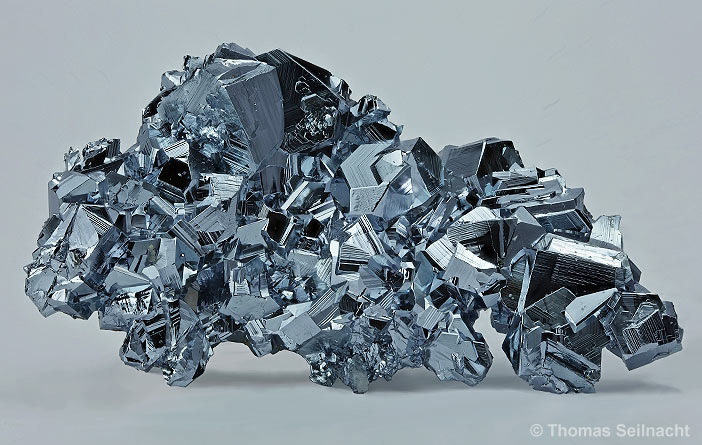What Is the Heaviest Material on Earth: Exploring Dense Elements
In the realm of materials and elements, weight and density play a significant role. Many people wonder what the heaviest material on Earth is and what properties contribute to its weight. In this article, we will delve into the world of dense elements and reveal the identity of the heaviest material known to humankind.
1. Understanding Density and Weight:

Density and Weight
Before we explore the heaviest material, it is essential to understand the concepts of density and weight. Density refers to how much mass is contained within a given volume, while weight is the force exerted on an object due to gravity.
Heaviness is often associated with density, as materials with high density tend to be heavier.
2. Osmium:
The Densest Naturally Occurring Element: When it comes to naturally occurring elements, osmium takes the crown for being the densest material on Earth.
Osmium is a hard, brittle, bluish-white metal that belongs to the platinum group of elements. It has a remarkable density of 22.59 grams per cubic centimeter (g/cm³), making it the heaviest naturally occurring element.
3. The Density of Osmium:

Osmium
The exceptional density of osmium can be attributed to its atomic structure and the arrangement of its atoms. Osmium atoms are tightly packed together, resulting in a high concentration of mass within a given volume.
This dense atomic arrangement contributes to osmium's weight and makes it the densest naturally occurring material.
4. Common Uses of Osmium:
Due to its extreme density and hardness, osmium finds limited practical applications. It is primarily used in the production of specialized alloys, particularly in the manufacturing of fountain pen tips and electrical contacts.
Osmium's resistance to corrosion and its ability to withstand high temperatures also make it valuable in certain industrial processes.
5. Synthesized Superheavy Elements:
While osmium is the densest naturally occurring material, scientists have also created synthetic elements that surpass osmium in terms of density. These superheavy elements are synthesized in laboratories through nuclear reactions.
Examples include elements like hassium, darmstadtium, and meitnerium, which have densities higher than osmium.
6. Experimental and Theoretical Densities:
When discussing the heaviest materials, it is important to distinguish between experimental and theoretical densities. Experimental densities are obtained through direct measurements, while theoretical densities are calculated based on atomic and molecular models.
Theoretical densities provide insights into the potential density of materials that have not been synthesized or measured experimentally.
7. Considerations Beyond Density:
While density is a crucial factor in determining the weight of a material, it is not the only consideration. Other factors, such as the abundance of elements, isotopes, and isotopic compositions, can affect the overall weight of a material.
Therefore, the heaviest material may vary depending on the specific considerations and context.
8. Practical Applications of Heavy Materials:
Materials with high density and weight have practical applications in various industries. For example, tungsten is a dense metal used in the aerospace industry for its weight-to-strength ratio.
Lead, another heavy material, is widely used for radiation shielding due to its high density and ability to absorb radiation.
Osmium, with its exceptional density, holds the title for the heaviest naturally occurring material on Earth. Its tightly packed atomic structure contributes to its weight and density. However, scientists have synthesized superheavy elements with higher densities in laboratories. While density is a critical factor, other considerations, such as isotopic compositions, can impact the weight of a material. Understanding the properties and applications of heavy materials allows us to appreciate the diverse range of elements present on our planet.